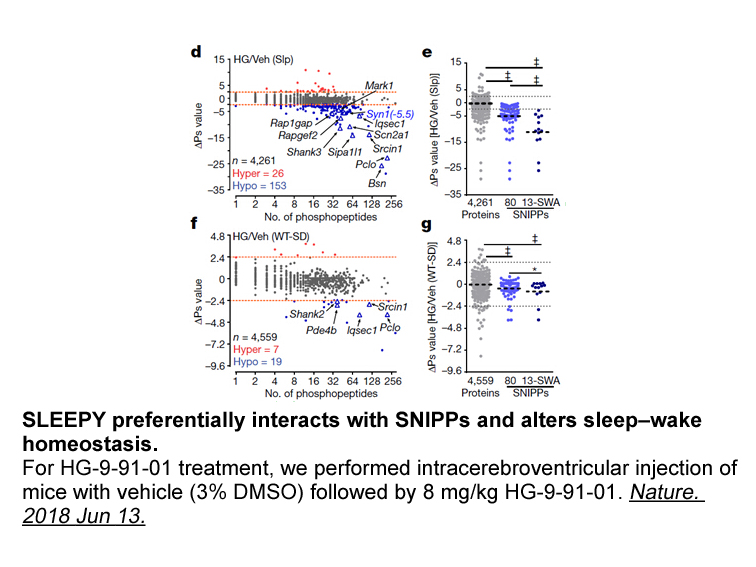Archives
No starting dose adjustment is needed for mild or
No starting dose adjustment is needed for mild or moderate renal impairment and mild hepatic impairment (Child-Pugh A classification) though use in patients with severe hepatic impairment (Child-Pugh classification Class C, 10–15 points score) is not recommended.8, 9, 10, 13
Drug interaction & adverse reactions
Because CYP450 enzyme-mediated metabolism of sacubitril and valsartan is minimal, co-administration with drugs that impact CYP450 enzymes is not expected to affect the pharmacokinetics of sacubitril/valsartan. Dedicated drug interaction studies demonstrated that co-administration of furosemide, warfarin, digoxin, carvedilol, a combination of levonorgestrel/ethinyl estradiol, amlodipine, omeprazole, hydrochlorothiazide, metformin, atorvastatin, and sildenafil, did not alter the systemic exposure to sacubitril, sacubitrilat or valsartan.8, 9, 10, 13
Concomitant administration with lithium may result in an increase in serum lithium concentration and lithium toxicity.8, 9, 10, 13
Clinically significant ADR include hypotension (18%), hyperkalaemia (12%), cough (9%), dizziness (6%), orthostasis (2.1%), angioedema (<1%), impaired renal function (reversible), dementia risk (theoretical).8, 9, 10, 13
Contraindications
Sacubitril/valsartan is contraindicated:
Other pleiotropic benefits of ARNi
Discussion
Concern has been raised that neprilysin inhibition might lead to accumulation of amyloid-beta peptides in the brain as this enzyme is one of the clearance mechanisms for neurotoxins which are implicated in the development of Alzheimer’s disease. It should be noted that as multiple other enzymatic pathways (possibly as many as 20) and transport proteins are involved in the clearance of amyloid-beta peptides in the brain, it is not known whether long-term neprilysin inhibition might have a significant effect on accumulation of these peptides.
A secondary analysis of the PARADIGM-HF trial revealed that among patients who newly started taking mineralocorticoid receptor antagonists (MRA) during the PARADIGM-HF trial, severe hyperkalemia remained more common in those randomly assigned to enalapril than to those randomly assigned to sacubitril/valsartan (3.3 vs 2.3 per 100 patient-years; HR, 1.43 [95%CI, 1.13–1.81]; P = 0.003). These data suggest that neprilysin inhibition attenuates the risk of hyperkalemia when MRAs are combined with other inhibitors of the renin-angiotensin R788 disodium receptor system in patients with HF.
Conclusion
With over 40 (active or planned) clinical studies planned by Novartis in 5 years under its FortiHFy (FortifyingHeartFailure clinical evidence and patient qualityof life) umbrella clinical program there’s a lot that’s awaiting to be discovered about this new, unique and first-in-class combination, sacubitril/valsartan. Though the results of various trials and numerous post hoc analyses currently being studied are way encouraging, sacubitril/valsartan was quick enough to draw the attention and viewpoint of the medical fraternity. Undoubtedly, sacubitril/valsartan opens a wide horizon for research and development in the direction of angiotensin receptors-neprilysin inhibitors, an altogether different approach in combating hypertension, cardiovascular disorders and heart failure.
Funding
Conflict of interest
Acknowledgement
Introduction
The octapeptide (Asp–Arg–Val–Tyr–Ile–His–Pro–Phe) hormone angiotensin II plays a crucial role in the maintenance of blood pressure and fluid homeostasis. It is produced by a two-step cleavage process from the precursor angiotensinogen by protease enzymes, namely renin and angiotensin convertase enzyme (ACE). The AngII effects are mediated by two distinct G protein-coupled receptors (GPCRs), the AT1 and AT2 angiotensin receptors, but there is a substantial difference in their importance in favor of the former. The AT1R is expressed in numerous tissues and mediates the “classical” physiological actions of circulat ing AngII on mechanisms including blood pressure regulation, salt-water balance, aldosterone secretion and effects on the central nervous system, such as thirst sensation and regulation of sympathetic outflow [1], [2]. In addition, increased AT1R activity has been associated with the development of several pathological conditions, including hypertension, heart failure, vascular remodeling, diabetic nephropathy, atherosclerosis, and inflammation [2]. Therefore, dampening of AT1R activity has enormous therapeutic benefits and has been successfully exploited in the last decades using ACE inhibitors and AT1R blockers. However, application of these drugs also hinders the beneficial functions of AT1R. In recent years, novel drug compounds with different pharmacodynamic properties were discovered, which are able to selectively activate specific signaling pathways of AT1R. These compounds may reduce side effects and/or have advantageous actions in treatment of diseases and could open a new era in AT1R-targeted therapies.
ing AngII on mechanisms including blood pressure regulation, salt-water balance, aldosterone secretion and effects on the central nervous system, such as thirst sensation and regulation of sympathetic outflow [1], [2]. In addition, increased AT1R activity has been associated with the development of several pathological conditions, including hypertension, heart failure, vascular remodeling, diabetic nephropathy, atherosclerosis, and inflammation [2]. Therefore, dampening of AT1R activity has enormous therapeutic benefits and has been successfully exploited in the last decades using ACE inhibitors and AT1R blockers. However, application of these drugs also hinders the beneficial functions of AT1R. In recent years, novel drug compounds with different pharmacodynamic properties were discovered, which are able to selectively activate specific signaling pathways of AT1R. These compounds may reduce side effects and/or have advantageous actions in treatment of diseases and could open a new era in AT1R-targeted therapies.